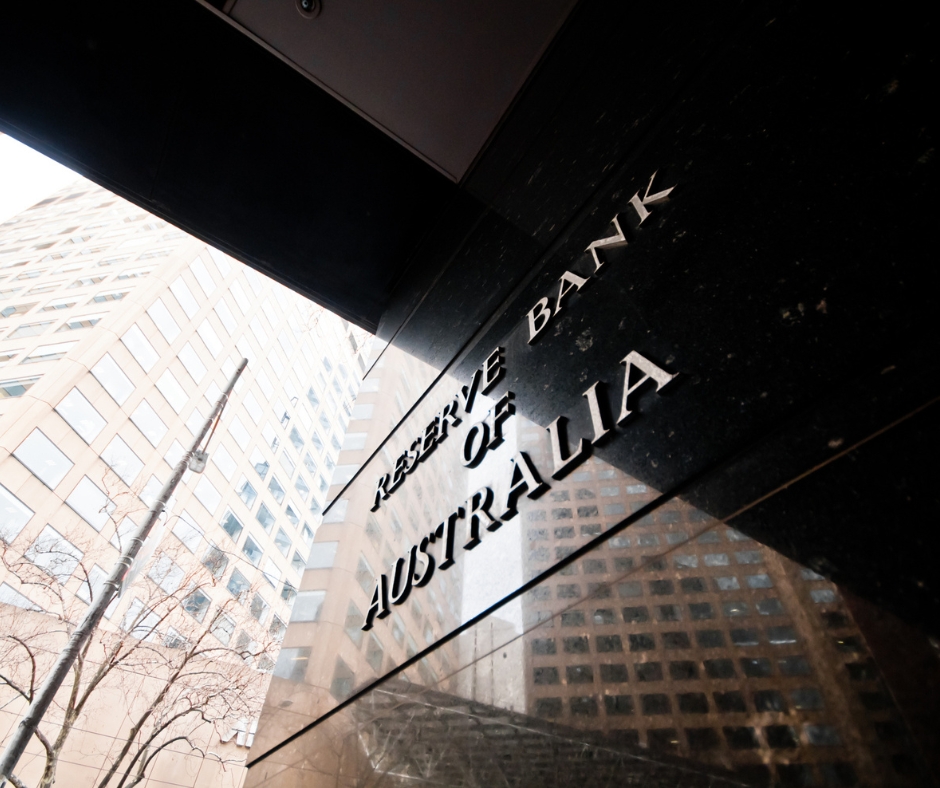- Issues related to the pandemic in overseas markets creating supply chain disruptions.
- The Ukraine conflict continues as a major cause for concern and is seen as contributing to Australian and global inflation.
- Demand for goods is strong and that places pressure on business in supplying to meet demand. Businesses in some sectors are facing supply issues which are limiting their capacity to meet that demand.
- Interest rate rises will assist inflation return to the bank’s 2-3% target but the effect will take time to be realised.
- Australia’s inflation rate is below that of some other nations.
- The demand and supply issue is also a domestic factor. Business capacity in some areas is being constrained by the labour issues. These relate to the shortages as Australia currently is near full employment with the lowest unemployment rate of 3.9% in around 5 decades.
- Supply not meeting strong demand is creating an upward pressure on prices.
- The 2022 floods are impacting prices especially in the fresh produce sector.
After two months of significant rate rises, all eyes were on the RBA July rate decision. As predicted and pre-empted, the Reserve Bank Board lifted the cash rate by another 0.5% at its meeting on Tuesday 5 July. The RBA July rate decision sees the cash rate at 1.35% and represents a 1.25% increase in just 3 months and a wake-up call for those needing business finance.
Significant increases and based on comments by Philip Lowe, Governor of the RBA, July will not be the last rate rise this year. The recent rises in the cash rate are a winding back of what the bank described as extraordinary support which was provided to stimulate the economy and returning interest rates to normal levels while addressing soaring inflation rates.
Rate rise decisions by the RBA result in interest rate rises across loan markets including business finance products. Though the timing and amount of any lender rate rises will be guided by their own decisions and be determined by the central rates in the funding source locations. Many other countries are posting even higher inflation than in Australia and several central banks overseas have acted sooner and with larger rate rises than the RBA.
Mr Lowe provided the customary explanation behind the Board’s July decision in the statement making the announcement. We capture the key points as background to the current scenario and insight into what could be on the cards down the track. For those that would like an even more extensive coverage, the minutes of each board meeting are released a bit later after each meeting.
RBA Governor Explainer: July Board Rate Decision
In announcing its July rate rise of 0.5% the RBA Board mentioned several key factors as being major contributors to inflation in Australia at the current time. These factors cover both local and international issues and are similar to those included in the statements issued in both May 2022 and June 2022.
Briefly, the key contributors to inflation and areas of uncertainty include:-
RBA July Rate Decision – what it means for business finance
After two months of significant rate rises, all eyes were on the RBA July rate decision. As predicted and pre-empted, the Reserve Bank Board lifted the cash rate by another 0.5% at its meeting on Tuesday 5 July. The RBA July rate decision sees the cash rate at 1.35% and represents a 1.25% increase in just 3 months and a wake-up call for those needing business finance.
Significant increases and based on comments by Philip Lowe, Governor of the RBA, July will not be the last rate rise this year. The recent rises in the cash rate are a winding back of what the bank described as extraordinary support which was provided to stimulate the economy and returning interest rates to normal levels while addressing soaring inflation rates.
Rate rise decisions by the RBA result in interest rate rises across loan markets including business finance products. Though the timing and amount of any lender rate rises will be guided by their own decisions and be determined by the central rates in the funding source locations. Many other countries are posting even higher inflation than in Australia and several central banks overseas have acted sooner and with larger rate rises than the RBA.
Mr Lowe provided the customary explanation behind the Board’s July decision in the statement making the announcement. We capture the key points as background to the current scenario and insight into what could be on the cards down the track. For those that would like an even more extensive coverage, the minutes of each board meeting are released a bit later after each meeting.
RBA Governor Explainer: July Board Rate Decision
In announcing its July rate rise of 0.5% the RBA Board mentioned several key factors as being major contributors to inflation in Australia at the current time. These factors cover both local and international issues and are similar to those included in the statements issued in both May 2022 and June 2022.
Briefly, the key contributors to inflation and areas of uncertainty include:-
- Issues related to the pandemic in overseas markets creating supply chain disruptions.
- The Ukraine conflict continues as a major cause for concern and is seen as contributing to Australian and global inflation.
- Demand for goods is strong and that places pressure on business in supplying to meet demand. Businesses in some sectors are facing supply issues which are limiting their capacity to meet that demand.
- Interest rate rises will assist inflation return to the bank’s 2-3% target but the effect will take time to be realised.
- Australia’s inflation rate is below that of some other nations.
- The demand and supply issue is also a domestic factor. Business capacity in some areas is being constrained by the labour issues. These relate to the shortages as Australia currently is near full employment with the lowest unemployment rate of 3.9% in around 5 decades.
- Supply not meeting strong demand is creating an upward pressure on prices.
- The 2022 floods are impacting prices especially in the fresh produce sector.
Related blog articles
Industry News
RBA Increases Interest Rates at October Meeting
The RBA announced another rise for interest rates at its October meeting which may have...
Read More









